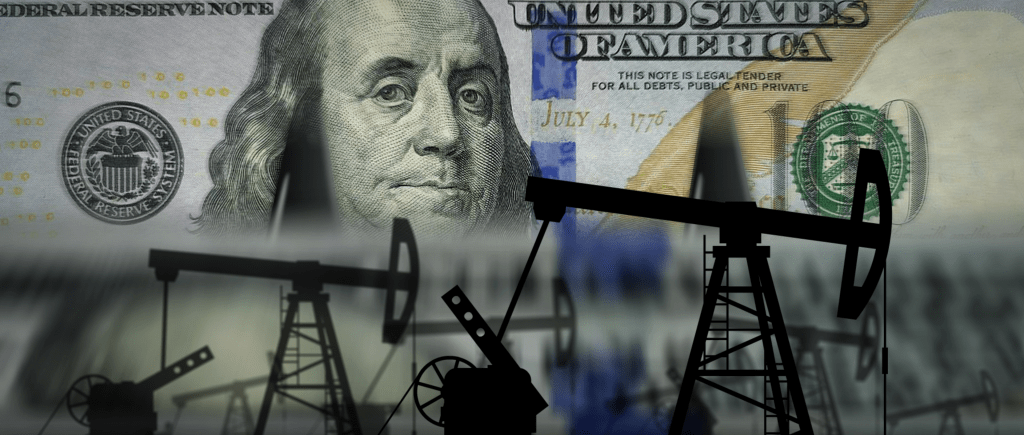Oil prices surged about 4% on Friday, boosted by real as well as threatened cuts to supply, although futures posted a second weekly decline as aggressive interest rate hikes and China’s COVID-19 curbs weighed on the demand outlook.
Russian President Vladimir Putin has threatened to halt oil and gas exports to Europe if price caps are imposed and a small cut to OPEC+ oil output plans announced this week also supported prices.
Brent crude rose $3.69, or 4.1%, to settle at $92.84 a barrel. U.S. West Texas Intermediate (WTI) crude rose $3.25, or 3.9% to settle at $86.79 a barrel.
Over the coming months, the West will have to contend with the risk of losing Russian energy supplies and oil prices soaring.
Pressured by worries about a recession and demand, Brent is down sharply from a surge in March close to its all-time high of $147 after Russia invaded Ukraine.
G7 is trying to find ways to limit Russia’s lucrative oil export revenue in the wake of the invasion. A price cap that G7 countries want to impose on Russian oil to punish Moscow should be set at a fair market value minus any risk premium resulting from its invasion of Ukraine, a US Treasury Department official told reporters on Friday.
Despite Friday’s bounce, both crude benchmarks were headed for a weekly drop, with Brent down about 0.2% on the week after at one point hitting its lowest since January. WTI posted a weekly decline of 0.1%.
If the Fed is able to keep the unemployment rate below 5%, it can be aggressive on bringing down inflation but after that tradeoffs will appear, Fed Governor Christopher Waller said on Friday.

 Noor Trends News, Technical Analysis, Educational Tools and Recommendations
Noor Trends News, Technical Analysis, Educational Tools and Recommendations




